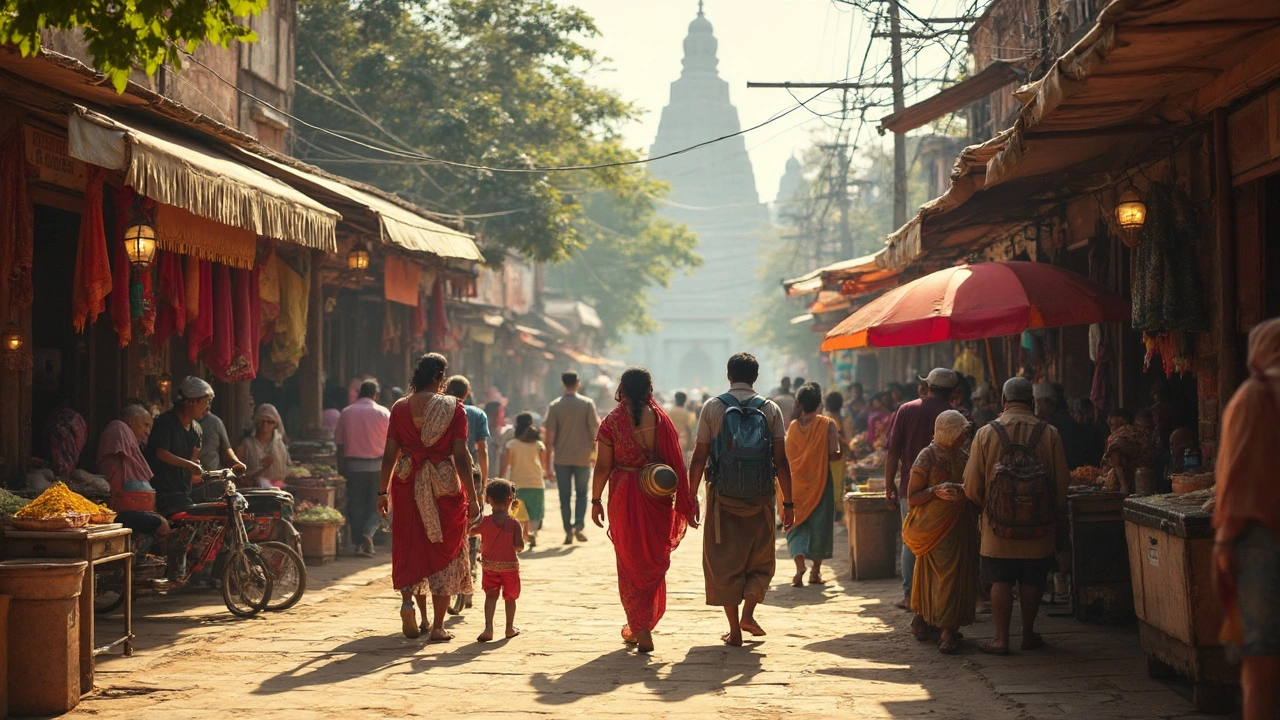SEARCH
Travel Costs in India – What You’ll Actually Spend
Thinking about a trip to India but worried about the price tag? You’re not alone. Most travelers ask, "How much will this cost?" The answer depends on where you go, how long you stay, and the style of travel you prefer. Below you’ll get a quick way to size up daily costs, plus a snapshot of the most useful budget guides on our site.
How to Calculate Your Daily Budget
First, break your expenses into three buckets: transport, stay, and food/activities. For transport, decide if you’ll use trains, buses, or flights. A short train ride in North India can be as cheap as ₹150, while a domestic flight between major cities may run ₹3,000‑₹5,000.
Next, look at accommodation. Hostels in big cities start around ₹500 per night, mid‑range hotels cost ₹2,000‑₹4,000, and luxury resorts can exceed ₹10,000. Choose based on your comfort level and the region – hill stations often have cheaper stays than coastal resorts.
Food is where many travelers save big. Street eats like samosa, dosa or chaat cost ₹30‑₹80, while a sit‑down meal in a decent restaurant ranges ₹300‑₹800. If you cook a few meals in a guesthouse kitchen, you can shave another ₹200‑₹400 per day.
Activities vary widely. A temple entry might be free, a wildlife safari can be ₹1,200‑₹2,500, and a guided trek could be ₹3,000‑₹6,000. Add a small buffer of ₹500‑₹1,000 for unexpected costs like extra rides or souvenirs.
Put it together: a backpacker can travel on ₹1,200‑₹1,800 per day, a mid‑range traveler on ₹3,000‑₹5,000, and a luxury seeker on ₹8,000 and up. Use these ranges to set a realistic budget before you book.
Popular Budget Guides on Our Site
We’ve written a bunch of articles that walk you through real numbers. "How Much Should a 3‑Day Trip Cost in 2025?" breaks down a weekend getaway with formulas you can copy. "South India Trip Cost: Real World Guide for 2025 Travellers" shows exact prices for flights, hotels, food and sightseeing across Kerala, Tamil Nadu and Karnataka.
If you’re flexible on timing, check "Cheapest Month to Travel to India: The Best Month for Budget Trips". It tells you which months have low flight prices and pleasant weather, so you can save on both airfare and accommodation.
For those who love numbers, the "Travel Cost Calculator" tool on our site lets you plug in your destination, travel style and length of stay to get a quick estimate. It uses the same data from our guides, so you’re getting trustworthy figures.
Don’t forget hidden costs. Customs rules for personal jewelry, airport fees, and sleeper train premiums can add up. Our article "Why Are Sleeper Trains So Expensive?" explains why you sometimes pay more for a night on a train and how to decide if it’s worth it.
Finally, remember to keep a small emergency fund. A few extra rupees can cover a sudden train cancellation or a last‑minute sightseeing opportunity you’ll regret missing.
With these basics and the detailed guides on Deep Discoveries of India, you can plan a trip that fits your wallet and your wanderlust. Start by picking a daily budget range, read the guide that matches your destination, and adjust as you go. Happy budgeting, and enjoy the journey!

Is $500 USD a Lot in India? Budget Travel Insights You Won't Want to Miss
Thinking about what $500 USD can do in India? This guide digs into how far your money really goes in the country. Find out what typically eats up your travel budget and where you can stretch every dollar. Get smart tips on accommodation, food, getting around, and local experiences that won’t break the bank. Check out a practical spend plan for every kind of traveler.
Continue reading